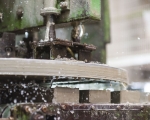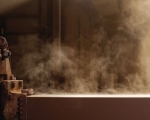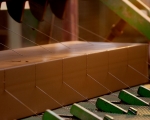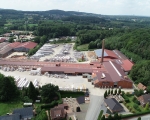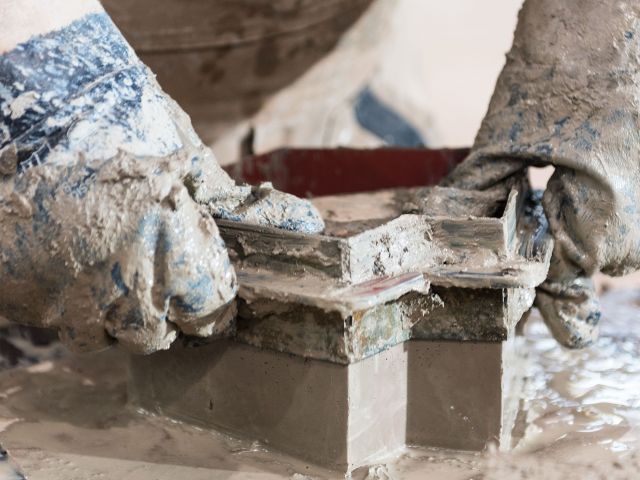Brick-making industry
"Brick upon brick, I’d like to move into a house like that" – the brick-making industry
Have you ever noticed that many of our houses look different than houses in other regions of Germany? In the south of Germany there are more rustic farmhouses, in the Alps there are many houses made of wood, in the Eifel and Bergische Land there are more slate roof buildings, and in the north thatched roof houses characterize the landscape. And here by us? Many buildings often consist of red brick facades!
These Germany-wide regional differences in building construction are related on the one hand to the historical development of architecture, but above all to the regionally available raw materials. The different construction methods are firmly anchored in the identity of the respective regions and are usually associated with long traditions of craftsmanship. Buildings made of red-brown bricks are typical of the Osnabrücker Land and Münsterland. Here, they use clay and mudstone as raw materials, some of which were formed more than 170 million years ago.
The brick-making industry in our region consists of companies that have long family traditions. An example of a large, traditional, regional company is the ABC-Klinkergruppe, which has been firing bricks for five generations since 1887 and has a total of six locations – five of them in the TERRA.vita area. Bricks from the ABC Klinkergruppe company have traveled far beyond the borders of the Osnabrück region. The facades of the State Library in Berlin, the Kornmarkt in Bautzen, and the three Presnaya Towers in Moscow, each 44 floors high, were made of ABC bricks.
Founded in 1932 as the first steam driven brickworks in the region, the Privatziegelei Hebrok (Hebrok Private Brickworks) – now in the fourth generation – still produces bricks in Natrup-Hagen. For example, the visitor center of Hamburg's Elbphilharmonie and many historic buildings in Hamburg's warehouse district are clad in bricks from the Hebrok company. Another company with over 200 years of tradition is the Wienerberger GmbH. One of its many factory locations is in Pente near Bramsche, where they produce mainly paving bricks.
Why is this an Intangible Cultural Heritage?The art of brick firing has a long tradition of craftsmanship, the knowledge and skills of which have been passed on for generations. The family businesses have evolved over the years and can now make use of modern methods. The old handcraft techniques are therefore less important than the characteristic brick construction method that is still used today. This is due to the high occurrence of clay and the pronounced brickwork industry in our region.
Photos: Brickyard Herbrok
